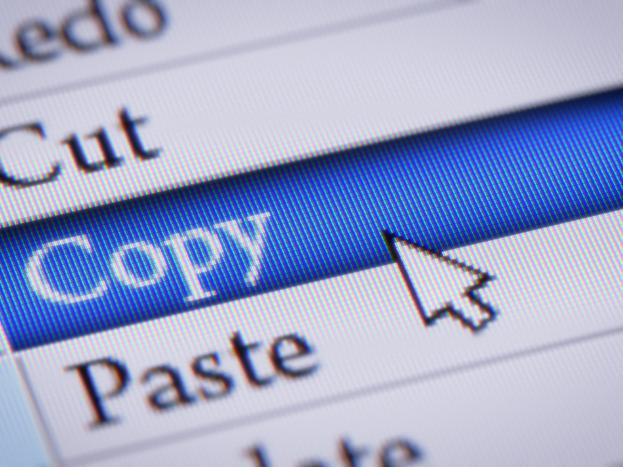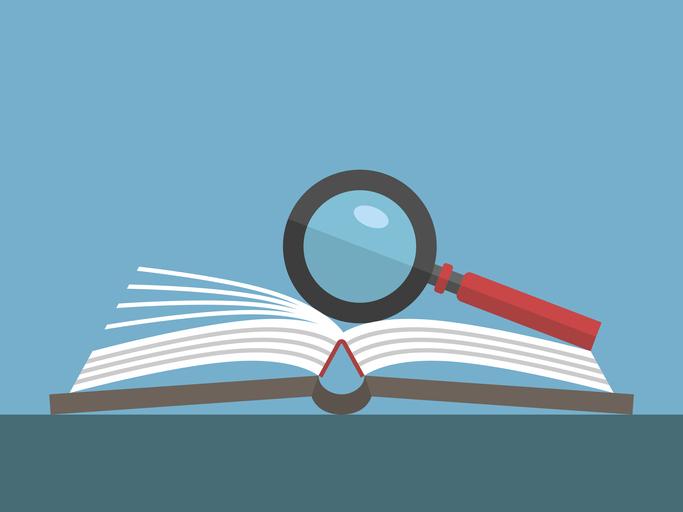
Cut the copying: tips to discourage plagiarism
Plagiarism is a growing problem for higher education institutions. Temesgen Kifle and Parvinder Kler share tips for instructors (and students) on how to reduce this form of student academic misconduct
You may also like
Popular resources
Why do students plagiarise? The most frequently stated reasons that students engage in this academic misconduct include: (1) time pressure to meet submission deadlines; (2) poor time management; (3) desire to get good marks; (4) fear of failure; (5) thinking the chance of being caught is low; (6) misperceptions about what constitutes plagiarism; and (7) laziness.
Reducing the incidence of plagiarism requires action from both educators and students. For the latter, depending on the level of plagiarism, the consequences can vary from mark deductions to expulsion. For some students, plagiarism may even have consequences beyond their graduation. For instance, a law graduate with a record of plagiarism may face difficulty when seeking admission to be a legal practitioner.
Despite this, plagiarism is becoming more common. Public domain data on student plagiarism in Australian universities is scarce. However, UNSW reported that, in 2017, 68.2 per cent of the 767 cases of student academic misconduct (SAM) were due to plagiarism. By 2021, 84.1 per cent of 2,551 cases were labelled plagiarism. This suggests that between 2017 and 2021, student plagiarism increased by about 310 per cent.
- ChatGPT has arrived – and nothing has changed
- Zero cheating is a pipe dream, but we still need to push academic integrity
- A (very) simple solution to cheating
So, what can be done to reduce the incidence of student plagiarism? Both students and instructors can take measures to reduce this form of cheating.
How educators can deter student plagiarism
Instructors have a few options to discourage their students from passing off others’ work as their own.
Ensure students understand what constitutes plagiarism
Teachers should not assume that students know exactly what plagiarism is. Teachers need to tell students that plagiarism is the act –intentional or unintentional – of presenting another person’s words or work as your own without proper acknowledgment of the author or its source.
Tell students about penalties for plagiarism
Teachers should inform students about the negative consequences of being caught plagiarising. It is expected that the likelihood of intentional plagiarism lowers significantly if students are aware that plagiarism is a very serious academic offence. This can be undertaken in myriad ways, but the statement must be clear, with examples of how they could be caught (such as using Turnitin) misusing sources.
If plagiarism is detected, teachers need to discuss the matter with the student concerned and refer the case to the university’s integrity officer for preliminary investigation.
Don’t recycle topics and assignments
Make sure that assessments are focused and targeted on specific issues discussed in class, rather than on broad topics that can be easily replicated. Topics should also not be recycled across years.
Add tasks that make plagiarism more difficult
Create hurdles that make plagiarism harder and less tempting. This can mean setting a series of “check-ins” before students submit an assessment piece: for example, have students hand in a draft proposal, a list of their sources or a reflection on their assessment. The chance that a student who has plagiarised will be caught is higher if you set more than one level of submission. Assessment tasks such as writing a personal reflection, experience or opinion are more likely to reduce the incidence of plagiarism because personal reflections are more difficult to plagiarise.
This needs to be balanced with any additional time that the instructor will have to spend on marking the entire assessment.
Give students the benefit of the doubt
Don’t assume bad intentions on the part of students. The instructor should not assume prior knowledge of referencing and citation expectations and styles. Unintentional plagiarism can arise, and to minimise its occurrence teachers can disseminate information explaining plagiarism. This could be done at the beginning of the semester and a week before an assessment is released to students. Similarly, tutors can talk to students about it during tutorials or the teacher can upload an information file on to Blackboard, for example.
If an institution offers plagiarism training, students should be asked to undertake this training. Related to this, examples of plagiarism, especially unintentional plagiarism, should be provided, with clear reasons as to why the piece is considered to be plagiarised and how it should be corrected.
Set realistic deadlines for assignments
Teach students to manage their time efficiently, yes, but beyond that instructors must ask themselves if they are providing sufficient time for students to complete their assessment. Assessments could be scaffolded, for example, such that students have to submit the assignment in several parts, thus making the entire process more manageable.
Offer time management strategies
Research shows that students who procrastinate are more likely to engage in academic misconduct, including plagiarism. In other words, students need to learn to avoid procrastinating with their assignments. Intervention programmes are available to help individuals overcome procrastination, but while instructors can assist, students should also take the initiative on this front.
Tips for students to help them avoid plagiarism
It’s a two-way street. You can help students by explaining that they should:
- familiarise themselves with their institution’s SAM policy and what constitutes plagiarism; throughout their studies, students are expected to follow the academic integrity principle in their academic work
- manage their time to do their assignments without delay
- learn how to properly cite references and paraphrase in their writing
- use an online plagiarism checker before submitting their work; an advantage of using such software is that it highlights any material from your work that is similar to the original text of the author.
SAM occurs when students (intentionally or otherwise) disregard the values of academic integrity. Higher education institutions expect students to act with honesty, trust, fairness, respect and responsibility in their studies, and instructors need to provide clarity and support for them to do this.
Temesgen Kifle is lecturer in the School of Economics in the Faculty of Business, Economics and Law at the University of Queensland. Parvinder Kler is associate professor in economics in the department of accounting, finance and economics at Griffith University.
If you found this interesting and want advice and insight from academics and university staff delivered direct to your inbox each week, sign up for the THE Campus newsletter.


.jpg?itok=eveUOYKV)


Comments (0)
or in order to add a comment